When we think of bees, images of buzzing wings, vibrant flowers, and golden honey come to mind. However, these industrious insects are far more than just honey producers—they're vital for ecosystems and agriculture. Do you know what a bee's body looks like? Where they live? How they reproduce? Why are they so important to the planet? And what would happen if they disappeared?
In this article, we’ll dive deep into the anatomy, habitats, life cycle, behaviors, and ecological role of bees—and how we can help protect them.
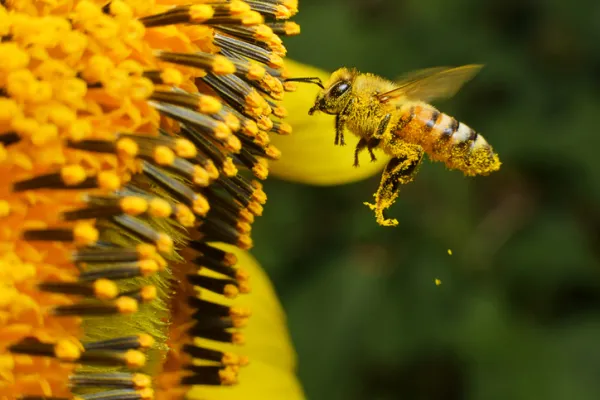
Bees are arthropods belonging to the order Hymenoptera. Their bodies are divided into three main segments:
Head: Equipped with two large compound eyes, three simple eyes (ocelli), antennae (for smell, touch, and hearing), and a proboscis for sucking nectar.
Thorax: Bears three pairs of legs and two pairs of transparent wings. Some legs have "pollen baskets" for collecting pollen.
Abdomen: Segmented and contains glands for wax and pheromone production. Only female bees have stingers, used primarily for defense.
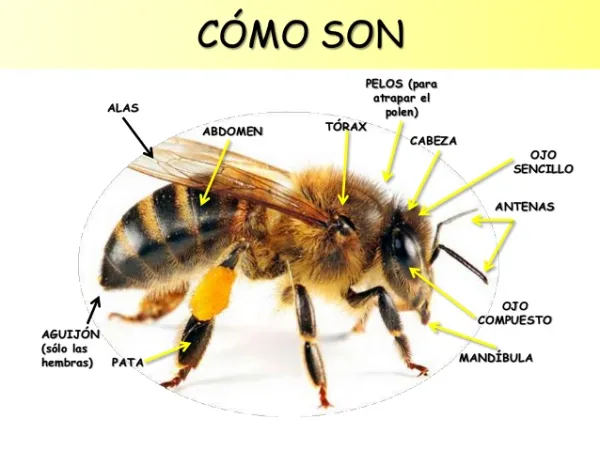
Bees live in colonies housed in hives or nests. These may occur naturally in tree hollows or rock crevices, or in man-made boxes managed by beekeepers. A single hive may hold up to 60,000 bees.
Bees inhabit almost every region of the world where flowering plants grow, except Antarctica. They are also found in urban rooftop gardens, orchards, and farmlands.
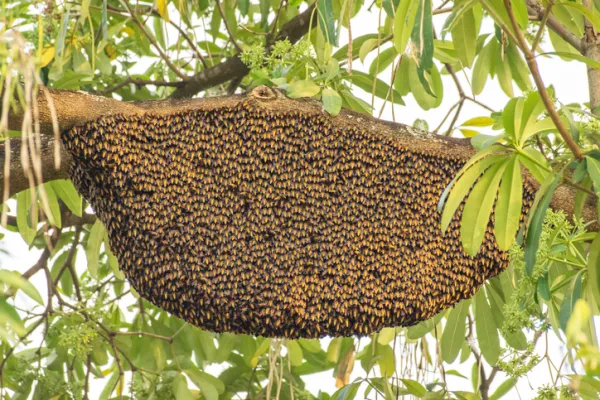
There are over 20,000 known bee species globally, but only a few belong to the Apis genus and are capable of producing honey. These include:
Western honeybee (Apis mellifera) – Most common in Europe and the Americas.
Eastern honeybee (Apis cerana) – Found widely across Asia.
Philippine honeybee (Apis nigrocincta)
Giant honeybee (Apis dorsata)
Dwarf honeybee (Apis florea)
Black dwarf honeybee (Apis andreniformis)
Koschevnikov’s honeybee (Apis koschevnikovi) – Found in Indonesia and Borneo.
Within a bee colony, there are three main roles:
Queen bee: The only reproductive female. She emits pheromones to regulate the colony and lays all the eggs.
Worker bees: Sterile females. They perform all tasks such as foraging, cleaning, nursing, guarding, and hive construction.
Drones: Male bees. Their sole purpose is to mate with the queen and die afterward.
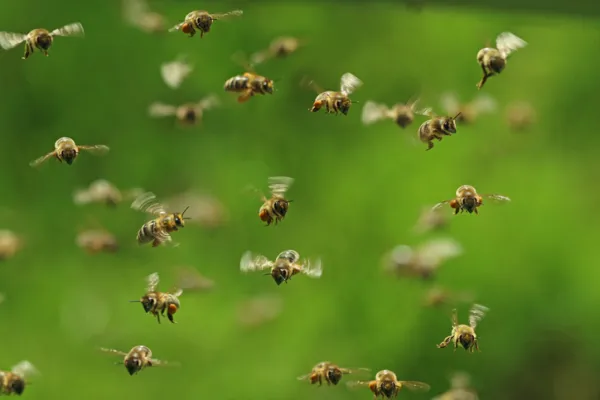
Bees exhibit complex social behavior. A worker bee’s duties change with age:
2–3 days old: Clean the hive and incubate eggs.
4–12 days: Feed the larvae (nurse bees).
13–18 days: Build honeycombs with wax.
19–20 days: Act as guards at the hive entrance.
21+ days: Become forager bees, collecting nectar, pollen, resin, and water.
Forager bees communicate flower locations through the famous “waggle dance”:
Head up: nectar source is toward the sun.
Head down: nectar source is away from the sun.
Circular dance: nearby food.
Figure-eight dance: food is farther away.
The intensity and angle of the dance reflect the richness and direction of the source.
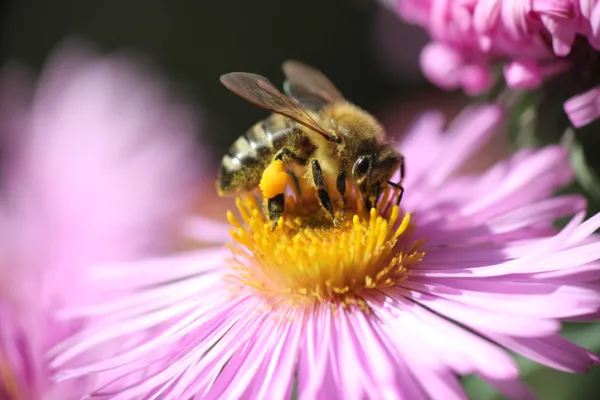
The bee diet consists of:
Nectar – Sweet fluid from flowers.
Honey – Processed nectar stored as food.
Pollen – Protein-rich powder from flowers.
Royal jelly – Glandular secretion fed to larvae and queen bees.
Diet by caste:
Queen bees eat royal jelly throughout their lives.
Worker bees consume royal jelly in early life, then shift to honey and pollen.
Drones eat honey as larvae and the same as workers when mature.
Worker bees live 1–3 months; spring-born bees have shorter lives due to intense activity. Drones live slightly longer but die after mating.
Once a queen bee is about 5 days old, she embarks on her nuptial flight, mating mid-air with several drones over a few days. The sperm is stored in her spermatheca for a lifetime—she never mates again.
Queens are oviparous insects. At her peak, she may lay up to 1,500 eggs per day. When the queen ages or lays fewer eggs, worker bees raise a new queen to replace her.
Bees play a critical role as pollinators. When collecting nectar, they transfer pollen from flower to flower, enabling plant reproduction. An estimated 70% of all global crops depend on bees for pollination.
Beyond agriculture, bees produce honey, royal jelly, beeswax, and propolis, supporting a vast apiculture economy. Their role in maintaining biodiversity and food security is irreplaceable.
Bees are facing a global crisis due to:
Climate change
Invasive species (e.g., Asian hornets)
Parasites (e.g., Varroa mites)
Monoculture farming
Pesticides (notably neonicotinoids)
If bees vanished:
Many plants would fail to reproduce, leading to cascading extinctions.
Global food production would plummet.
Ecosystems would destabilize, threatening both wildlife and human survival.
Here's what individuals and communities can do:
Support organic and biodiverse farming; avoid harmful pesticides.
Grow bee-friendly plants (e.g., lavender, thyme, rosemary, daisies, sunflowers) in your garden or balcony.
Reduce carbon emissions to fight climate change.
Encourage urban beekeeping and install small hives where permitted.
Support bee conservation programs and charities.
Educate others about bee importance.
Though tiny, bees are among the most powerful allies of life on Earth. They sustain ecosystems, support agriculture, and symbolize the interconnection of nature. To protect bees is to safeguard our planet’s future.
Bibliography
Cajero Avelar, S., and Mateos Poumian, A. (2001). Basic Beekeeping Manual. Secretariat of Agriculture, Rural Development, Fisheries, and Food. Mexico.
Quero Martínez, A. (2004). Bees and Beekeeping. University of Oviedo, Spain.
Martinez Trujillo, J.M. (2011). Beekeeping. Student Guide. Center for Services for Labor Training and Development. Peru.
animal tags: Bees
We created this article in conjunction with AI technology, then made sure it was fact-checked and edited by a Animals Top editor.